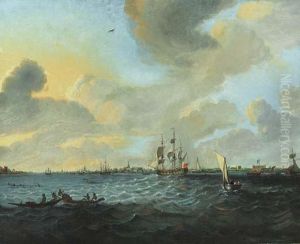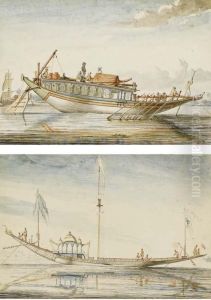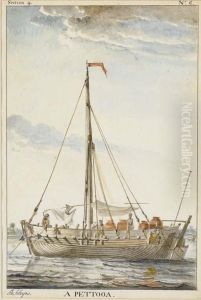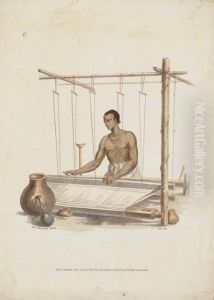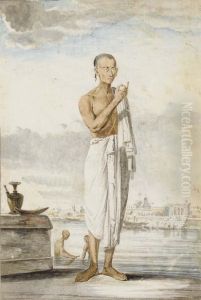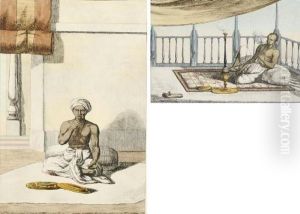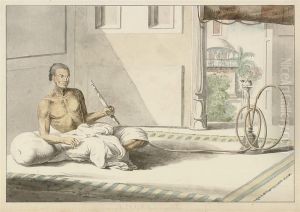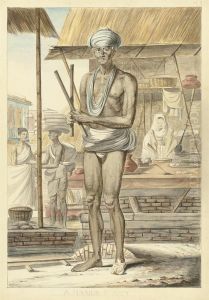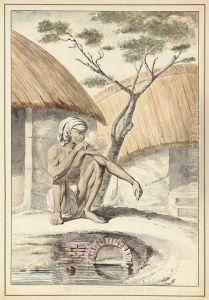Balthazar Solvyns Paintings
François Balthazar Solvyns, better known as Balthazar Solvyns, was a Flemish artist born in Antwerp, Belgium, in 1760. He is most recognized for his work related to India, where he spent significant time and produced a series of etchings that captured the life, culture, and people of the region during the late 18th and early 19th centuries. Solvyns’ works are considered valuable for their ethnographic accuracy and artistic quality, providing a window into the colonial era from a European perspective.
In the late 1780s, Solvyns moved to Paris to further his artistic career, but with the onset of the French Revolution, he found that his aristocratic patronage had dried up. Seeking new opportunities, he embarked on a journey to India, arriving in Calcutta (now Kolkata) around 1791. In India, Solvyns became deeply interested in the local culture and began documenting the people, their customs, professions, and ways of life through his art. Unlike many other European artists in India who focused on landscapes and colonial life, Solvyns paid close attention to the indigenous population.
Solvyns is particularly known for his series of etchings titled 'Les Hindoûs', which he produced in four volumes between 1808 and 1812. This extensive work contained 288 etchings that depicted various aspects of Indian society, including castes, ceremonies, musicians, and artisans. The collection was remarkable for its breadth and detail, though it was not a commercial success during Solvyns' lifetime.
Despite his dedication to capturing Indian life, Solvyns faced financial difficulties and his work received limited recognition during his career. He died in 1824, somewhat obscure, but his legacy grew posthumously as his work gained appreciation for its ethnographic significance and artistic value. Today, Solvyns’ etchings are considered important historical documents that offer insights into Indian society during the turn of the 19th century, and his work is held in various collections around the world, including the British Library and the Victoria and Albert Museum in London.
